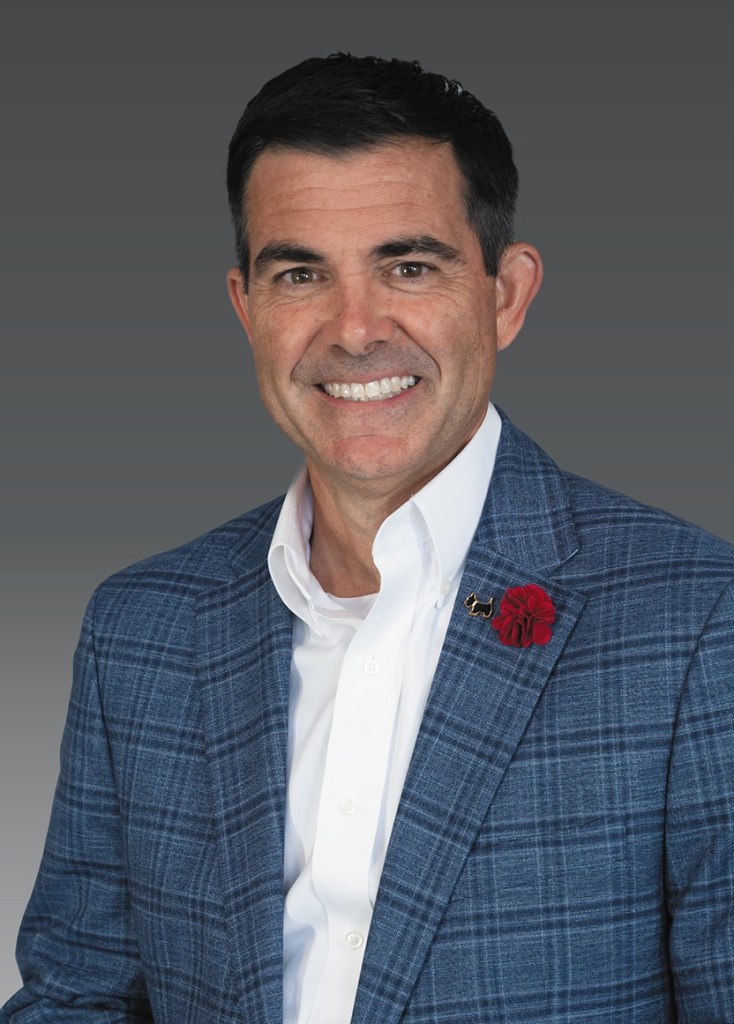Waste Watch: Keys to Cost Containment

By: Michael Drakulich
Charlie Rosson looks back on the 2008 recession as less of a panic moment and more of a learning opportunity. While businesses around the country were slashing costs to stay afloat, his took a more measured approach.
“If there was unnecessary expense or fat, it was an opportunity to get leaner, get smarter and question things,” says Rosson, CEO of Best Practices agency Woodruff-Sawyer & Co. in San Francisco.
The key was not letting a cost containment mentality go too far—a lesson just as applicable now, as agency profits grow, as it was during the recession.
For Rosson, it’s a simple litmus test. “What it boils down to is clients really notice it,” he says. “The last thing you want to do is cut back on the people who deliver client work, client advice. You can be really short-sighted and end up in a negative spiral if you underinvest in that area. You start losing clients and the top line suffers.”
How can agencies keep a lid on costs without tipping the customer service scales? What should you cut and what should you keep—and why?
Gauging Success
Agencies still use revenue per employee (RPE) as a benchmark for success. But is that enough to tell how well an agency is doing financially?
For decades, agencies relied on RPE to gauge their financial viability. But while the calculation—total yearly revenue divided by the number of agency employees—is a good starting point when assessing an agency’s business, it’s not quite enough for the whole picture.
What’s wrong with relying solely on RPE? According to Tommy McDonald, vice president at consulting firm MarshBerry, the assessment factors in contingency and override income instead of just core revenues. Agencies will take what they make in premiums and add income that comes from carriers for the growth and loss ratio on the book of business in which they broker—and this additional income added to core revenues can skew RPE in an agency’s favor or against it.
“If you have a huge contingency year, and maybe the weather patterns were in your favor, that RPE number could spike up just because you have a bonus you don’t control,” McDonald explains—and vice versa. It’s not the best gauge of efficiency because it requires using uncontrollable revenue to assess whether an agency is staffed properly.
Nicole Finn, COO for Costello and Sons Insurance in San Rafael, California, says her firm goes beyond RPE, considering factors like commissions and fees per account manager, client count per account manager and policy count per account manager.
Finn says her agency can’t afford to rely solely on RPE. “It doesn’t show where the weak links are, such as nonproducing producers [or] inefficient or ineffective customer service representatives or account technicians,” she explains. “Certainly we have to look at our administrative staff in a different light. For employees who are attached to handling business and revenue, we try to look at it on a per-person level as well.”
McDonald says a sustainable RPE should be $175,000–$250,000. Once an agency gets above $250,000, it should consider hiring one or two more employees to balance RPE as it continues to grow.
The Incentive Expense
According to the 2014 Future One Agency Universe Study, about two-thirds of agency expenses go toward compensation. So it makes sense for agencies to look there first.
But the challenge is finding a delicate balance between a package that provides the right kind of incentives to attract new producers and keep veterans motivated while also funding the value-added resources necessary to remain competitive.
Tom Doran, principal at Reagan Consulting, says that in the early 1990s, the common split for producers was 40% commission on new business and 40% on renewed business. And to this day, some smaller agencies have producers that still work with those numbers. But the current trend, Doran says, leans more toward a 40/25–30 split.
Evolving with that trend is critical for smaller agencies to contain costs. “For smaller firms, it’s making sure you right-size your producer compensation so that you can have a margin on it,” Doran says. “What we’ve seen happen over the years is that agencies have had to make more investments in value-added resources to remain competitive. The cost of doing business has changed over time. And many agencies have moderated producer compensation over time to pay for some of that.”
And once you determine the appropriate commission levels, make sure you’re paying them to the right people. Doran notes that the best producers in the industry—the ones who produce consistent new business—are probably underpaid. By contrast, the poorest-performing producers—the ones who sit on a book of business—are probably overpaid.
Rosson says his agency has gotten serious about producer validation—and won’t participate in the “race to the bottom” with other firms that might offer a production split that is heavily geared toward the producer. “Gone are the days where producers could really be carried for a good number of years and not validate,” he says. “We’ve got a lot of discipline there. And probably more than anything else, that had an immediate and dramatic impact on our bottom line.”
Cutting Costs
Managing producer compensation isn’t the only personnel-oriented method agencies have used to become more efficient. Many have turned to outsourcing to streamline operations. Though it isn’t always a welcome concept, outsourcing can accomplish more than just reducing staffing levels and keeping payroll expenses down.
Rosson says outsourcing is a way of both driving value and enhancing the work life of his service teams. Outsourcing companies like Patra, Resource Pro and WAHVE help agencies with administrative tasks like policy checking and certificate issuance.
For Rosson’s agency, the strategy enables employees to work more directly with clients and engage in more analytical work rather than spending an inordinate amount of time on administrative tasks.
But the Agency Universe Study also reports that 29% of agency expenses are administrative and a surprising 7% relate to sales such as travel and entertainment. While many producers see travel as vital to developing a rapport with their clients and prospects in person, Rosson says the aftermath of the 2008 recession was an opportunity for agencies to get leaner and smarter. His agency cleaned up travel and entertainment policies and cut back on travel, without cutting so deeply that it affected the way staff served their clients.
“We’ve tightened up a lot of things since that period,” Rosson says. “But they were all things that we really didn’t miss—things that were [just] nice to have.”
For Woodruff-Sawyer, it’s more important to be accessible to clients when they need assistance or in-person meetings than it is to offer expensive outings and skybox suites at major sporting events. “We do that in as an efficient way as possible,” Rosson says. “I think there is a professional and appropriate way to let a client know that we appreciate their business. And frankly it shouldn’t be lavish, because the world has changed. People are more conscious of how things appear. I think current and future generations of buyers certainly won’t expect the same type of travel and entertainment that a prior generation did.”
In the operations area, many agencies are re-evaluating their need for physical space as a way to streamline costs. McDonald says some firms are being more flexible than ever about letting employees work from home or putting employees in rented space so they can be closer to clients. “Brick and mortar costs a lot of money when you’re [an agency with] $5 million in revenue. It’s hard to justify having two or three offices,” McDonald says. “So there are a lot of firms that are giving younger people Regus office space so they can be closer to geographies in which they feel they can rate business.”
Industry insiders agree that one of the best things about an independent agency its very independence. While publicly traded companies are under pressure from investors and analysts to meet earnings projections, independent agencies are not—they alone can decide what’s best for the agency’s long-term viability.
“Independents have the benefit of taking a longer view and recognizing that we may simply have to live with compressed profitability for a few years,” Doran says. “There are legitimate business development expenses that need to be in the mix. Those expenses don’t go away, nor should they. You don’t want to burn the furniture for firewood.”
Michael Drakulich is an IA contributor.
The Little ThingsThough the majority of agency expenses are related to compensation, independent agencies leave no stone unturned when it comes to trimming the fat. Costello and Sons Insurance leverages technology as much as possible in order to save, including upgrading its agency management system and using digital signature technology as well as the latest version of complimentary software such as Microsoft Office. The San Rafael, California-based agency has been paperless in all available aspects since 2003, which includes sending out policies electronically and converting to an IP phone system in 2007. Nicole Finn, COO, says the latter initiative cut phone costs dramatically and allowed the agency to create a sophisticated phone system setup. “We want to make sure everyone is empowered to access important technology that will help their job function,” Finn says. “We implement new or upgraded software company-wide and discourage single-user applications. We want what’s good for one employee to be accessible to all.” —M.D. |










